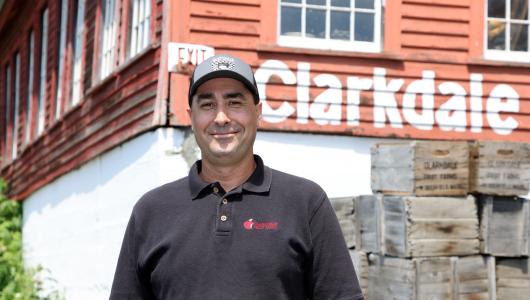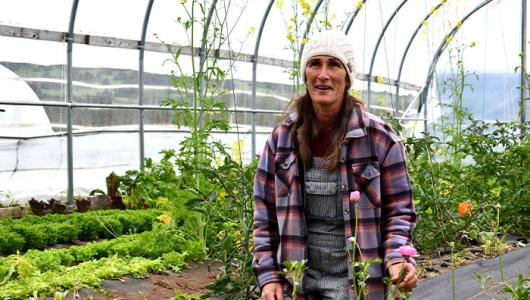As we develop content for farmers.gov, we continuously ask ourselves: “How will this information help a farmer?” We share stories about farmers, ranchers, and forest managers who are using USDA programs to improve their operations. We also share information on some of our key efforts – and how a producer can help northern bobwhite and livestock at the same time.
Recently, Nick Schell, a biologist with USDA’s Natural Resources Conservation Service in Ohio, wrote a blog post on how producers can manage for better forage for livestock and better habitat for bobwhite.
The post, Beef and ‘Bobs’ – Maximize Cattle Production and Help Bobwhites on Your Land, garnered a lot of attention. Newspapers and news sites picked it up. Our conservation partners shared it on social media. And most importantly, Nick had many farmers reach out to him for more information.
“While I was excited about the blog, I didn’t expect it to drum up this much interest,” Nick said. “The near immediate responses from both producers and professionals was completely unexpected and really exciting. Producers from several states inquired about how they could help quail on their farm.”
Interest from Producers
One of the producers who reached out owns property in the area that Nick covers as a biologist. And her goal is to add livestock and manage for wildlife habitat once she retires next year and returns to Ohio.
“I want to improve the grasslands with native grasses,” she wrote. “I will also have to do a lot of fencing. I am hoping to turn it into something educational or a showcase of sustainable practices for small farmers, and wildlife protection. What type of assistance would be available to me?”
Nick told her a lot of options are available. Through the Environmental Quality Incentives Program, NRCS can help the producer add fencing as part of a prescribed grazing system, plant the pastures with native warm-season grasses (which provide food for livestock and cover for bobwhite), and address other natural resource issues.
Since the article has posted, he has visited the producer’s property and connected her with her local district conservationist to help further plan future conservation efforts.
Many of the farmers who responded to the blog were from outside of Ohio. Nick was able to share links to key resources and to connect them with their local offices.
“It was nice to see farmers and ranchers reaching out to learn more,” Nick says. “One farmer from Texas reached out, and actually owned land where one of my former coworkers worked, so I was able to connect them both.
For Farmers, By Farmers
USDA is building farmers.gov for farmers, by farmers. Nick’s blog was one of the first on farmers.gov to include the author’s contact information and a short biography.
Because of how much feedback he received, we’re adding this as a permanent feature on the blog. Farmers.gov is about enabling producers to find what they need, whether it’s information online or a way to connect with USDA’s team of staff across the nation.
Justin Fritscher is a communications coordinator with USDA and part of the team building farmers.gov. He can be reached at justin.fritscher@wdc.usda.gov.


